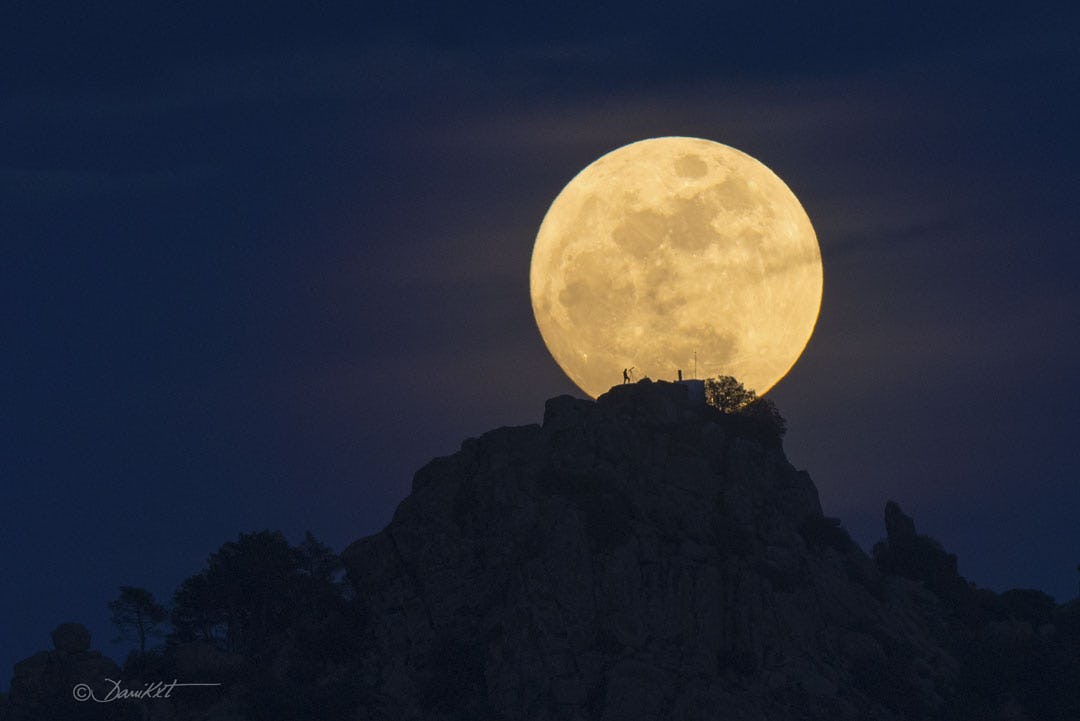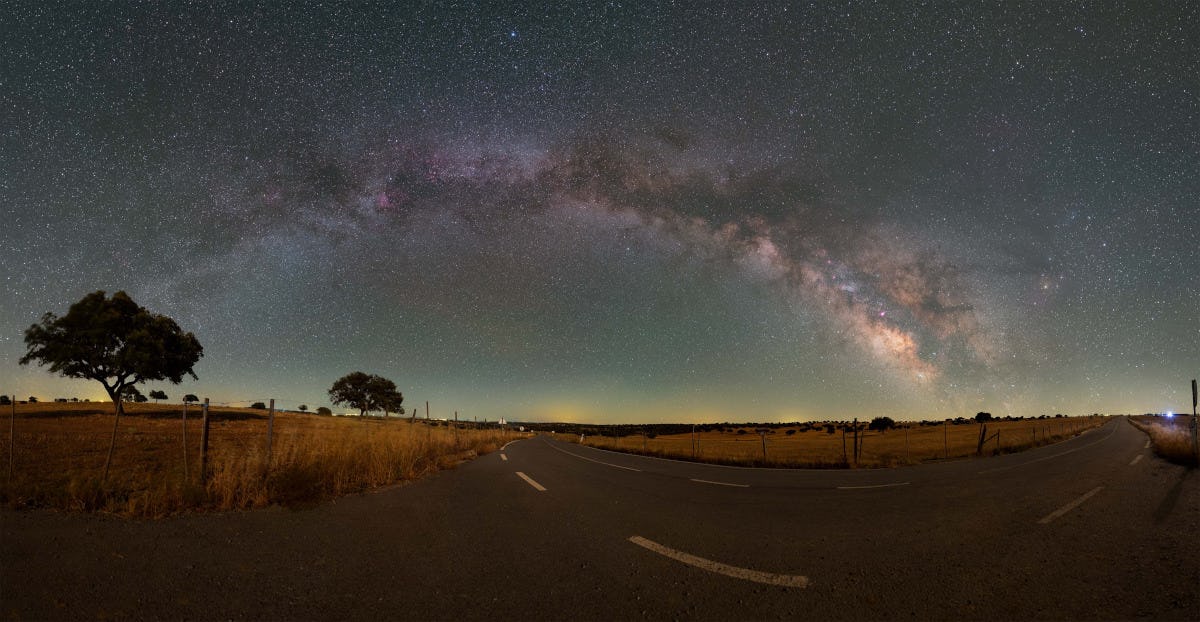Sadness seeps from
out her eyes,
as she talks to me
with words of sighs.
"I miss my dad"
who passed away.
I want to see him
now, here today.
"My fathers gone,
and so is mom.
I am alone ,
no one to look after me.
Why can I not see
my loved ones?"
Public Posts Stanwood, WA Stanwood, WA (zoom)
Perhaps, I should buy a new boat.
I could go on the water
to see if my words float.
There is always a frightening time,
when I worry most about the words
and if I can have them rhyme.
I like the words I use to be,
to sound melodic, have rhythm
and be a word song to me.
Few words
I see,
is love
for you,
and me.
Forever the night,
seldom the day,
I try with my might
to not go astray.
You are my love,
for you are my way.
NASA Astronomy Picture of the Day:
The Whirlpool Galaxy is a classic spiral galaxy. At only 30 million light years distant and fully 60 thousand light years across, M51, also known as NGC 5194, is one of the brightest and most picturesque galaxies on the sky. The featured image is a digital combination of images taken in different colors by the Earth-orbiting Hubble Space Telescope, highlighting many sharp features. Anyone with a good pair of binoculars, however, can see this Whirlpool toward the constellation of the Hunting Dogs (Canes Venatici). M51 is a spiral galaxy of type Sc and is the dominant member of a whole group of galaxies. Astronomers speculate that M51's spiral structure is primarily due to its gravitational interaction with the smaller galaxy on the image left.
Photo by Bernard Miller
A golden light
before the rain,
brought sunshine,
curing the pain,
of another grey,
and cloudy day.
Burn the bridge,
cross the creek,
fire your cannons
until you cannot speak.
The war was lost,
or was it?
Tell me the words
to guide me along
this path of
destruction. Confusion
reigns, as I am
mired in this pit
of anxiety and self-pity.
The life I've known,
is gone. Away from here.
To see memories fade,
day after day,
as the love you knew,
no longer remembers,
your name or you.
She wants me nearby,
every waking minute.
A need to her,
a suffocating blanket,
to me, yet I love her still.
Friedrich Wilhelm Nietzsche (1844 -1900) German philosopher, cultural critic, composer, poet, philologist, and a Latin and Greek scholar.
Source: Closing words in a letter from Friedrich Nietzsche, age 19, to his younger sister Elizabeth.
NASA Astronomy Picture of the Day:
Have you ever seen the Man in the Moon? This common question plays on the ability of humans to see pareidolia -- imagining familiar icons where they don't actually exist. The textured surface of Earth's full Moon is home to numerous identifications of iconic objects, not only in modern western culture but in world folklore throughout history. Examples, typically dependent on the Moon's perceived orientation, include the Woman in the Moon and the Rabbit in the Moon. One facial outline commonly identified as the Man in the Moon starts by imagining the two dark circular areas -- lunar maria -- here just above the Moon's center, to be the eyes. Surprisingly, there actually is a man in this Moon image -- a close look will reveal a real person -- with a telescope -- silhouetted against the Moon. This featured well-planned image was taken in 2016 in Cadalso de los Vidrios in Madrid, Spain. Do you have a favorite object that you see in the Moon?
Photo by Dani Caxete
High was the flame,
as it leapt through the grill.
I sucked on a beer
and guzzled it like swill
A Comment by Loy

🙂
NASA Astronomy Picture of the Day:
At night you can follow this road as it passes through the Dark Sky Alqueva reserve not too far from Alentejo, Portugal. Or you could stop, look up, and follow the Milky Way through the sky. Both stretch from horizon to horizon in this 180 degree panorama recorded on June 3. Our galaxy's name, the Milky Way, does refer to its appearance as a milky path in the sky. The word galaxy itself derives from the Greek for milk. From our fair planet the arc of the Milky Way is most easily visible on moonless nights from dark sky areas, though not quite so bright or colorful as in this image. The glowing celestial band is due to the collective light of myriad stars along the galactic plane too faint to be distinguished individually. The diffuse starlight is cut by dark swaths of the galaxy's obscuring interstellar dust clouds. Standing above the Milky Way arc near the top of this panoramic nightscape is bright star Vega, with the galaxy's central bulge near the horizon at the right.
Photo by David Cruz








.jpg?fit=crop&w=280&h=280&q=93)












 - Copy.jpg?fit=crop&w=280&h=280&q=93)


R.jpg?auto=format&fit=clip&w=600)





















